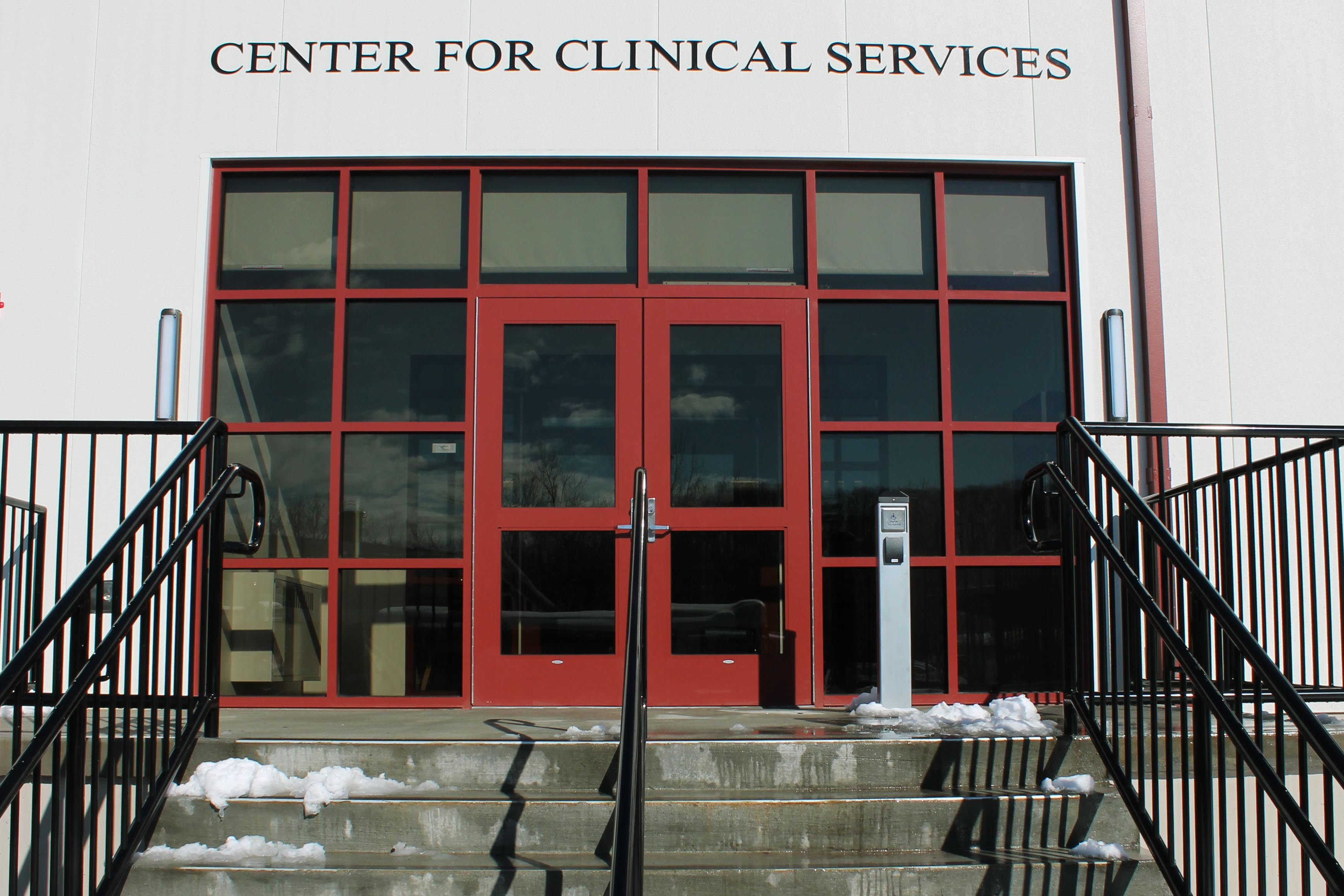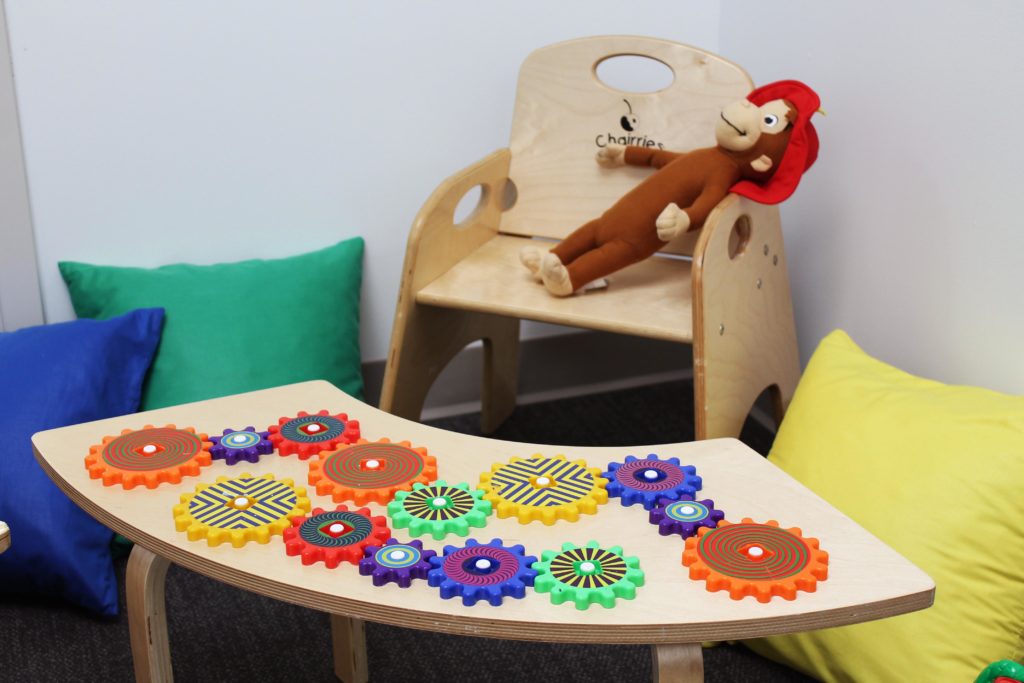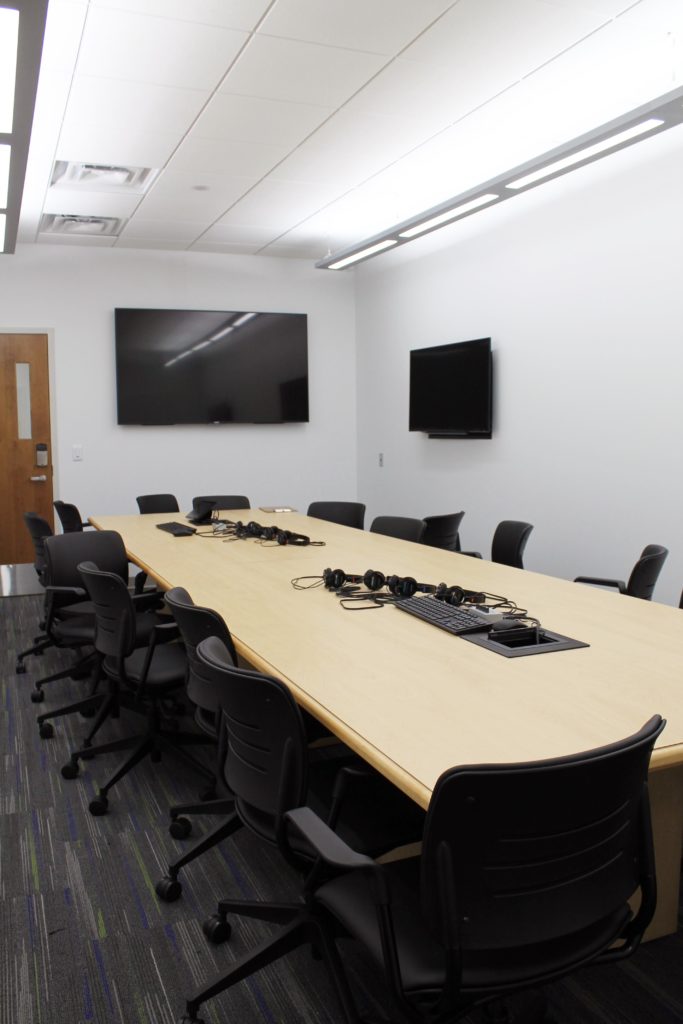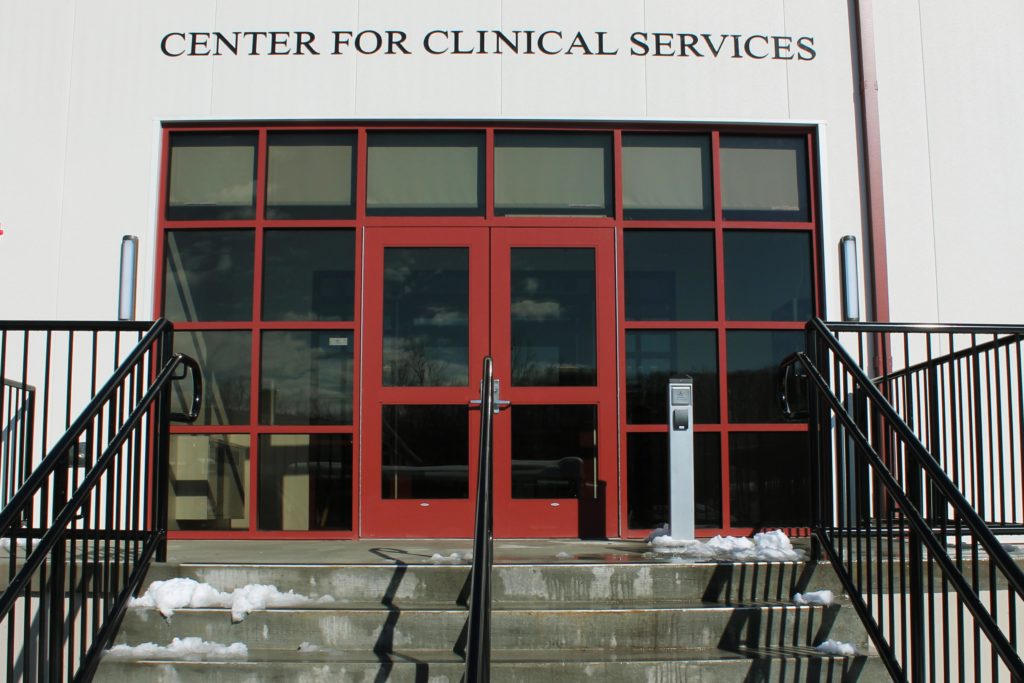
The Center for Clinical Services opened its doors to the public on Jan. 19.
Photo Credit: Carly Phelps
The Center for Clinical Services located next to Lot 60 opened its doors on Jan. 19 to provide training, research and community outreach for students studying child advocacy, autism and psychology.
The building that stands at 147 Clove Road, formerly a truck warding site, now invites members of the surrounding community to take advantage of the specialized services they have to offer. One of the main focuses of the center is to create unity between the university and surrounding community.
Dr. Frederick Bonato, Associate Provost for Academic Affairs, gave The Montclarion an exclusive tour of the new facility. This child-friendly facility, which took nearly nine months to build, was specifically designed with state-of-the-art technology. The total cost for the project was approximately $10 million.
The idea behind this facility was to add collaboration between different programs. Previously, they were spread out and not always talking to each other. Bonato mentioned, “Now that they’re together, you can see the natural collaboration. The psychologist can collaborate with the counseling people; the counseling people can collaborate with the autism folks. It’s amazing to see everyone working together in this facility already – it’s unique.”
Due to patient confidentiality, the building’s structure is split down the middle, in which one half is restricted and requires a swipe to gain access. Bonato explained how significant the confidential side is to the facility, as it contains rooms available and equipped to monitor the progress for therapy and counseling.
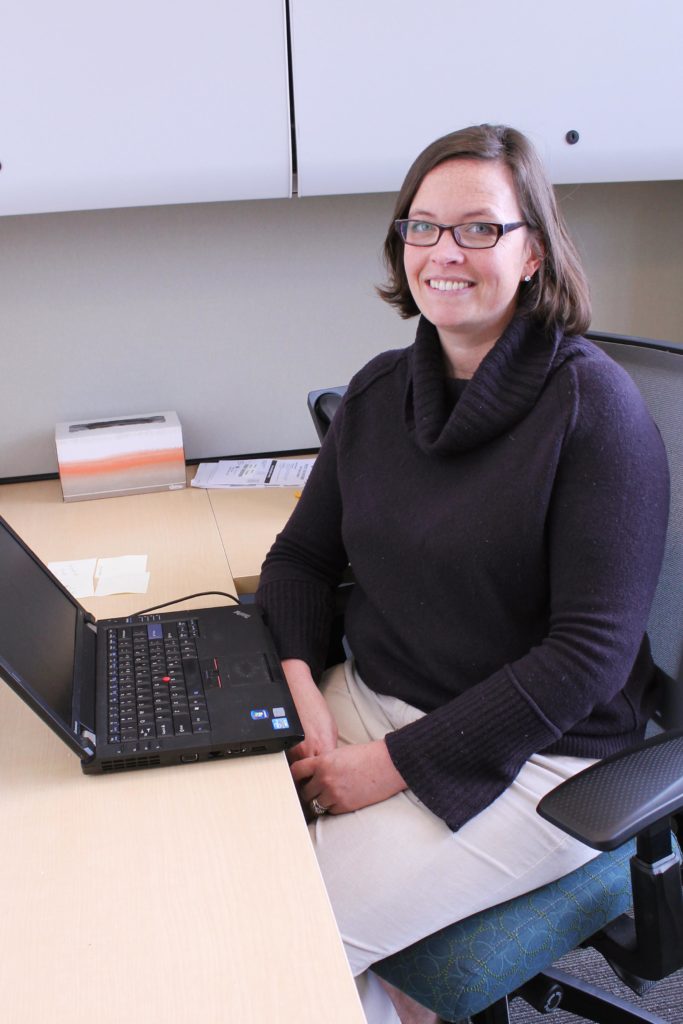
Kaitlin Mulcahy is the associate director of the Center for Autism and
Early Childhood Mental Health.
Photo Credit: Carly Phelps
“It’s really important that you’re able to see or view sessions if you’re a student, so we have cameras in all of the rooms that feed to monitors,” said Bonato. Break-out rooms are used for therapy sessions for clients and are projected in conference rooms. Montclair State students are given the opportunity to implement what they learn in the classroom and work hands-on with children seeking counseling.
Bonato said, “You can have graduate students in here watching either live or a taped session for counseling. This is throughout the whole facility. Every camera can go to every monitor.”
Steven Casamento, a graduate assistant at the Center for Autism and Early Childhood Mental Health, is one of the graduate students working in the new clinical facility. A lot of his involvement includes researching for different projects, such as how professional development affects child outcomes.
During his first day at the Clinical Center, Casamento expressed high hopes for the near-future. He said that he is “looking to gain experience in the field backed by so much research.” He continued, “Having the Clinical Center gives me the opportunity to gain experience in the future as a counselor.”
Nine spacious classrooms are also part of the new center. The mediated classrooms are designed for students to perform clinical research as well as attend core classes. A lot of training involves pulling up client records. Therefore, a computer lab of 28 desktops are available for Montclair State students to use.
Although the center’s hours of operations are 9 a.m. to 10 p.m., most of the traffic flows through the facility between 3 and 10 p.m. A majority of the clients who have visited the center thus far are elementary-aged children who attend their appointments after school. “What we like about the center is that it’s so convenient,” said Bonato.
“The idea, once we have our director here, is to create strong ties within the community. Certainly [communicating with] schools in the area would be one way [to do this].”

